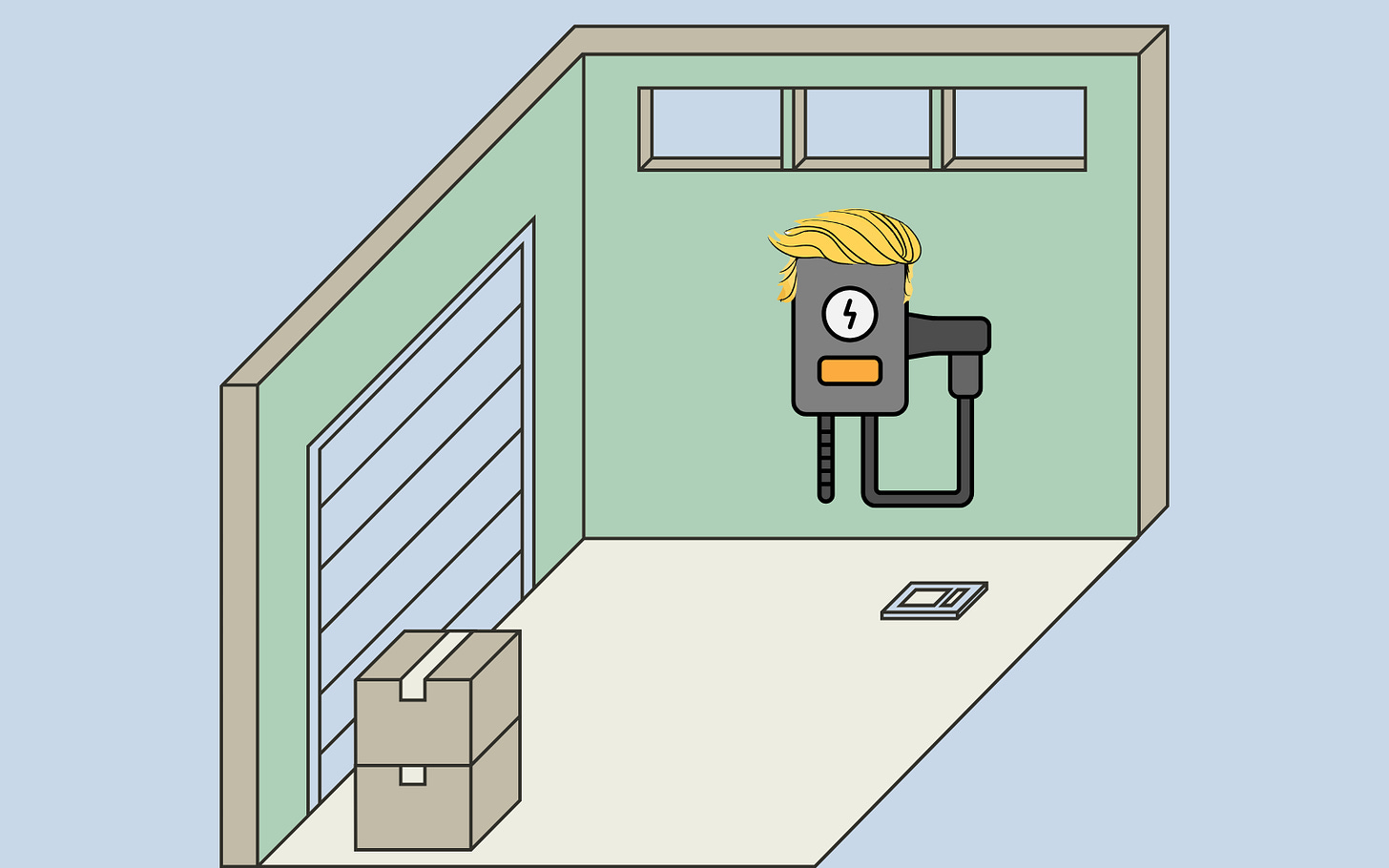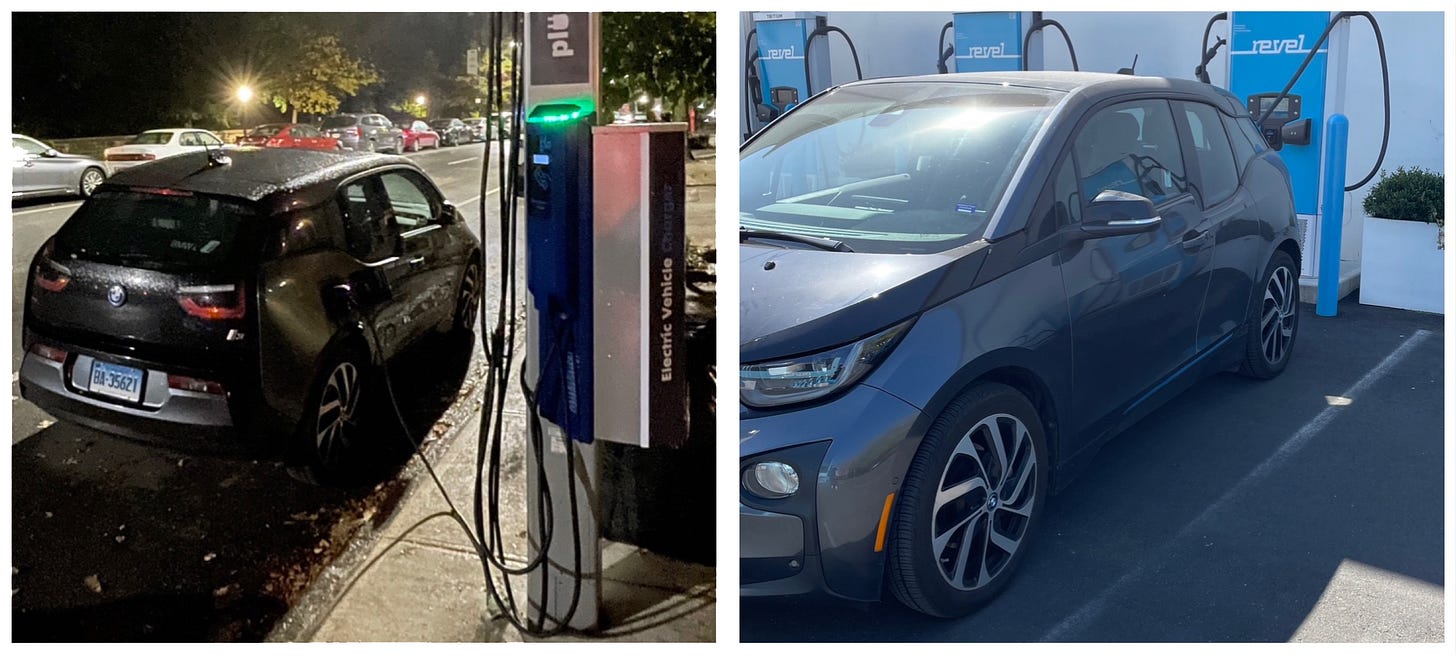Should I buy an EV before Trump takes office?
Maybe! But first: are you ready to buy an EV, period?
If there’s anything predictable about life under a Trump administration, it’s contradictions — and the president-elect’s relationship to electric vehicles is no different. He’s made hating EVs part of the MAGA brand, but the world’s biggest EV maker is now his Dark MAGA paduwan. He’s depended on red states for support, yet those are the ones building brand new factories that’ll employ thousands to manufacture batteries and EVs for brands like Ford and Hyundai. He’s going to ramp up a trade war with China, who just happen to make 3/4 of the world’s lithium-ion batteries and supply the majority of rare earth materials used to produce today’s high-output power packs.
It’s going to be wild. Wild like Trump’s combover in a drop top Lambo wild. The answer is: we just don’t know. EV incentives in Biden’s Inflation Reduction Act would need to be overturned by Congress, but Trump could close some loopholes via executive order or through the EPA. (I highly recommend this episode of Decoder for an enlightening convo on the subject.)
For now, though, electric vehicle purchases and leases can still tap into mega federal and state benefits and significant dealer markdowns, making this festive season an opportune time to get the lead out of your sled. But before you dump the pump, it’s crucial to figure out whether going electric makes sense for you, your lifestyle, and, of course, your wallet. Here’s how you can start making that decision.
(Of course, if you want to start emissions-free driving to save the planet, costs and barriers be damned — go for it, my dude. And read on for some crucial guidance.)
For the first EV ownership criteria, I’m borrowing the phrasing from Tom Voelk, the amazing writer and editor who runs Driven, an expertly-produced car reviews channel on YouTube. You have to charge where you sleep. This means installing a home charger. Here’s why this is essential:
You can charge when the car isn’t needed for anything else, as opposed to driving it somewhere and waiting for it to charge. About 86% of EV drivers have access to at-home charging, so they can always leave home with a full battery.
It’s immensely more affordable than charging at paid facilities:
Per the U.S. Energy Information Administration, the average price per kwH is $0.16, so to charge the average U.S. EV with an 80 kWh battery from 0-100%, you’re talking $12.80.
Just for context here, an EV with that sized battery would get about 280 miles of range. The average U.S. car gets 27 miles per gallon of gas, so with gas around $3/gallon, that would cost about $31, so nearly 3x as much.At a paid Level 2 charger, the rates are higher ($0.20-0.25), so you’re looking at $16-20 for a full charge, which would take 7-9 hours. Most folks use paid Level 2 chargers at work or school, where they can get a little charge during the day before returning home.
At a “fast charger,” aka Level 3, the rates are even higher, up to $0.60 per kWh, so that same charge would be a whopping $48. Fast chargers are best only for quick top-ups and road trips.
If your power company has cheaper overnight rates, you can program your car to charge during those hours and reduce your costs even more.
With most public chargers currently set up in parking lots as opposed to gas stations or busier facilities, some find home charging to be a safer-feeling solution.
So you’re convinced and you want to get a home charger? Here are some things you should know:
Many automakers offer incentives for home charger installation to sweeten the deal when you buy your car. Ford, for example, is offering free home chargers and money toward home installation with EV purchases before the end of 2024.
Some states offer tax incentives for installing home EV chargers, like Maryland, New York, and Connecticut, which is great because CT has the most expensive electricity in America (with the exception of Hawaii). In addition, many utility companies offer their own incentives for home EV chargers. Check with yours to find out.
You can also “Level 2” charge an EV with an installed 240V plug (aka a “dryer plug”). The benefit of the actual charger is being able to control and monitor the charging with an app.
If you can’t install a charger where you live, you’re not totally up shit’s road with a dead battery. In cities, some parking garages offer EV charging at a monthly flat fee. Also, some people can charge at work, which might be enough. And more and more urban areas are installing affordable Level 2 chargers.
When paid fast chargers are your only option, and you’re not getting some package of free charging as part of your vehicle purchase (which does exist, mainly among luxury brands and only for a limited time), EV ownership might not be for you — unless, as I said, you’re a no-cost-is-too-costly zealot.
But if you can charge where you sleep, then one important box has been emphatically ticked. Now that we know you and your awesome EV can recharge simultaneously, it’s time to discuss whether you can coexist harmoniously. Next time…



